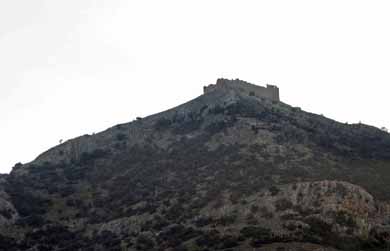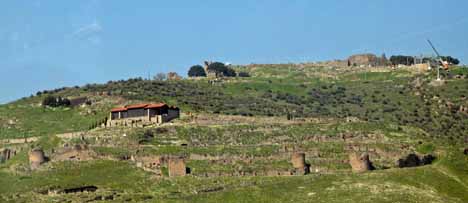
Pergamum
Built on a conical hill rising 1,000 feet above the surrounding valley, Pergamum (also spelled Pergamon, from the Greek for "citadel") was an important capital city in ancient times. Its modern successor is the Turkish city of Bergama. A lack of modern accommodations means that Bergama is often a very quick stop, if visitors bother to come at all. But it is worth a long stop, for Bergama is home to two of the country's most celebrated archaeological sites: Pergamum's acropolis and Asklepion are both listed among the top 100 historical sites on the Mediterranean.
Most of the buildings and monuments in Pergamum date to the time of Eumenes II (197-159 BC), including the famed library, the terrace of the spectacularly sited hillside theater, the main palace, the Altar of Zeus, and the propylaeum of the Temple of Athena. In the early Christian era, Pergamum's church was a major center of Christianity and was one of the Seven Churches of Revelation (Rev. 2:12-17).
The ancient city is composed of three main parts: the Acropolis, whose main function was social and cultural as much as it was sacred; the Lower City, realm of the lower classes; and the Asklepion, one of the earliest medical centers on record.
Looking at Pergamum as the bus climbs the hill

You can see why it was called a citadel

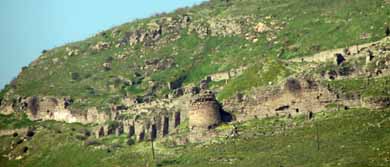

Robbery or Restoration?
We always heard said that "if you want to see famous historical Egyptian items, don't go to Egypt, go to the British Museum."
Although we did not learn of many items of historical significance "saved for posterity " by countries other than Britain, those we learned about in Germany were significant. For example, the treasures stolen by the treasure hunter, not an archeologist, Heinrich Schliemann and his wife, from Troy.
So it is with Pergamon - See below.
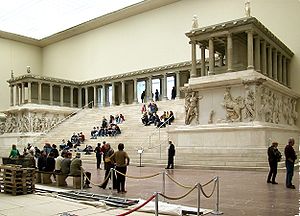
Picture from Wikipedia, the free encyclopedia
The Pergamon is in the Pergamon Museum, Berlin. The base of this altar remains
on the upper part of the Acropolis. It was perhaps to this altar, believed
dedicated to Zeus, that John of Patmos referred to as "Satan's Throne"
in his Book of Revelation (Revelation 2:12-13).
The Pergamon
Altar is a monumental construction built during the reign of King Eumenes
II in the first half of the second century BC on one of the terraces of the
acropolis of the ancient city of Peramon. The entire structure is 35.64 meters
wide and 33.4 meters deep; the front stairway alone is almost 20 meters wide.
The base is decorated with a frieze in high relief showing the battle between
the Giants and the Olympian gods known as the Gigantomachy.
The Asklepion
The Asklepion gained in prominence under the Romans in the 2nd century AD, but a sacred site existed here as early as the 4th century BC.
Many of the treatments employed at Pergamum, in complement with a sacred source of water that was later discovered as having radioactive properties, have been used for centuries and are once again finding modern application.
The treatments included psychotherapy, massage, herbal remedies, mud and bathing treatments, the interpretation of dreams, and the drinking of water.
Quite unlike modern hospitals, everybody who was anybody was dying to get in to the Asklepion: patients included Hadrian, Marcus Aurelius, and Caracalla.
But then again, the Asklepion was more like a modern spa than a hospital: therapy included mud baths, music concerts, and doses of water from the sacred fountain.
Hours of therapy also probed the meaning of the previous night's dreams, as patients believed dreams recounted a visit by the god Asklepios, who held the key to curing illness.
Galen, the influential physician and philosopher who was born in Pergamum in 129 AD, trained and then later became an attendant to the gladiators here.
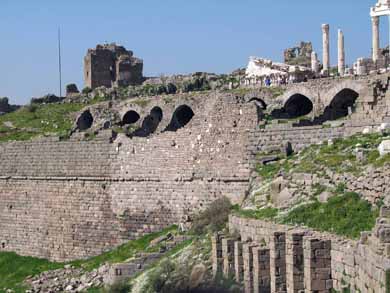
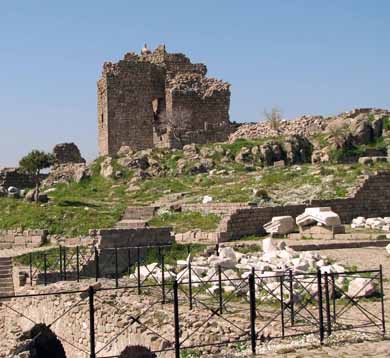

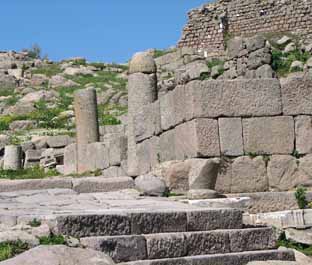

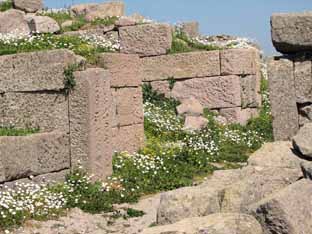
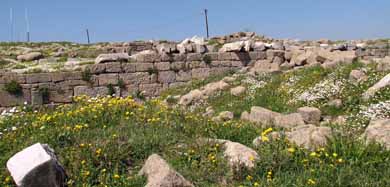
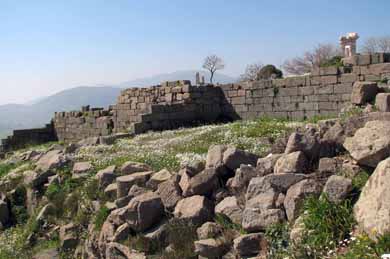

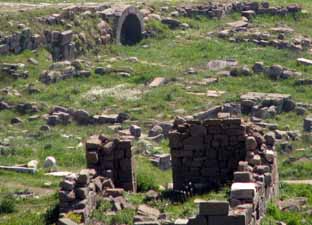


Looking down to lower sites from Asklepion
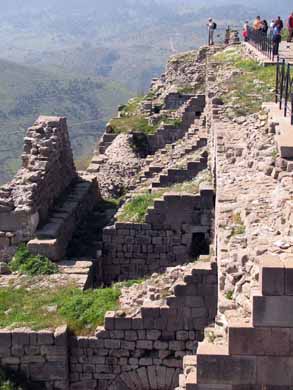
As you have noted, I feel compelled to take pictures of carvings and inscriptions
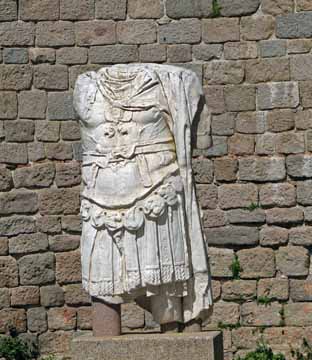
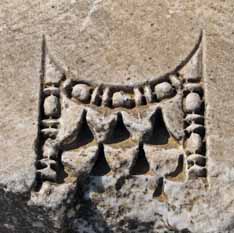

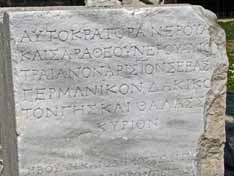


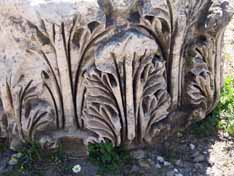

Temple of Trajan
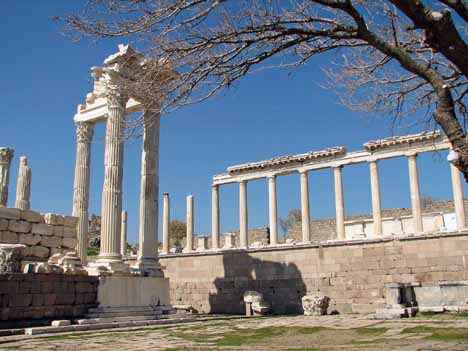

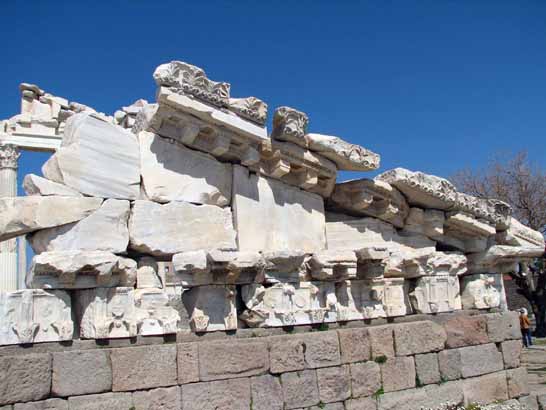
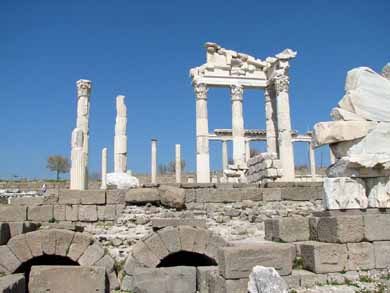

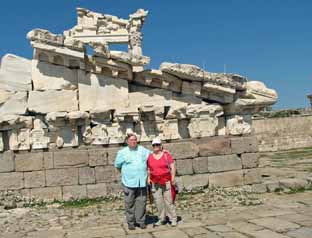
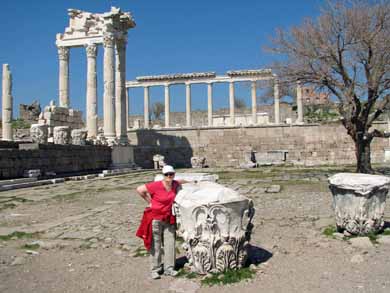
The Hellenistic Theater
Another notable structure
still in existence on the upper part of the Acropolis is the Hellenistic Theater
with a seating capacity of 10,000. This had the steepest seating of any known
theater in the ancient world.


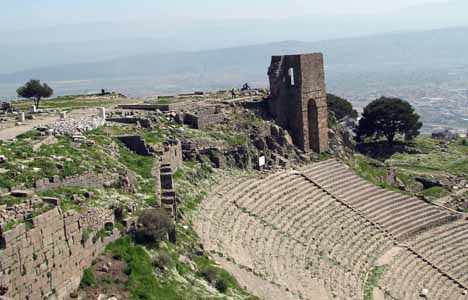
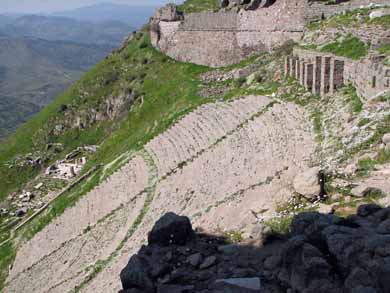
The Sanctuary of Athena
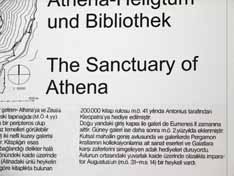
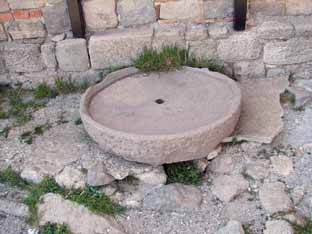
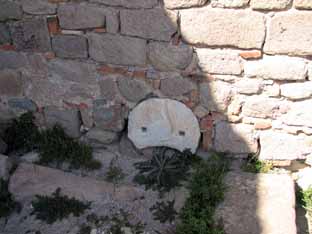
A place to simply look at beauty
This is one of the prettiest sites we had visited to date on this trip. We're on the crest of a mountain, surrounded by beautify ruins, and I was attracted by the birds and the fields of flowers. Unfortunately the pictures do not come close to doing justice to the flowers.
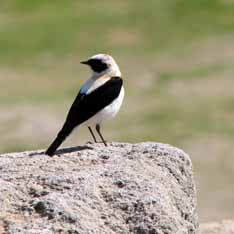

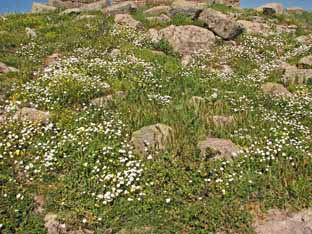


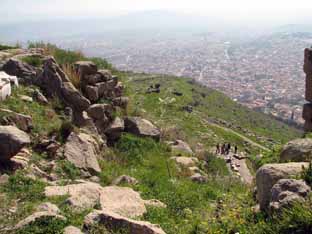
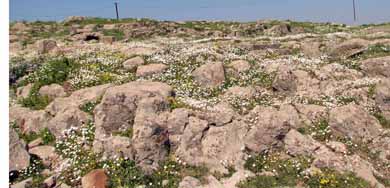
The Temple of Hercules
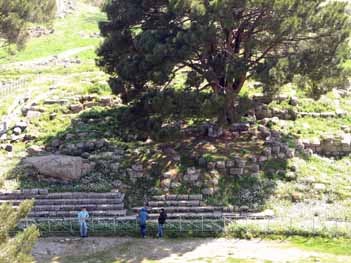
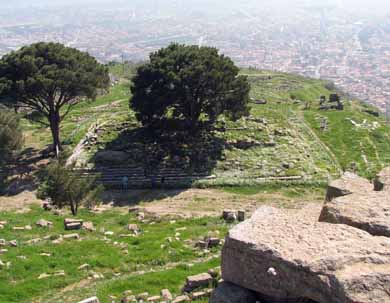
Library of Peramum
Pergamon's library on the Acropolis (the ancient Library of Peramum) is the second best in the ancient Greek civilization. When the Ptolemies stopped exporting papyrus, partly because of competitors and partly because of shortages, the Pergamenes invented a new substance to use in codices, called pergaminus or pergamena (parchment) after the city. This was made of fine calfskin, a predecessor of vellum. The library at Pergamom was believed to contain 200,000 volumes, which Mark Anthony later gave to Cleopatra as a wedding present.

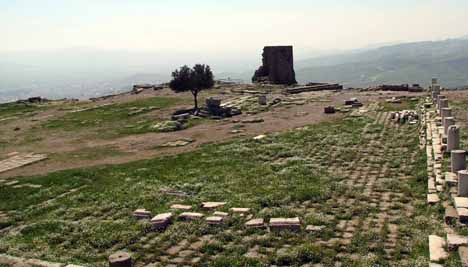

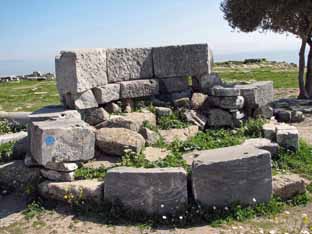
Other views and ruins

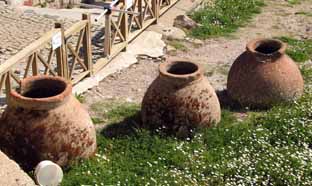
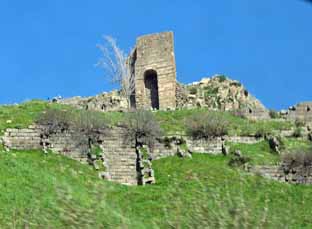
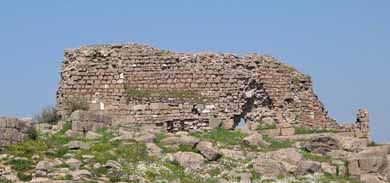
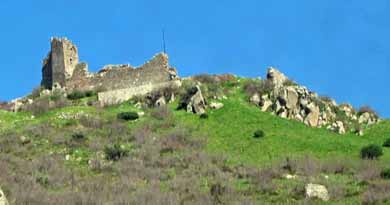
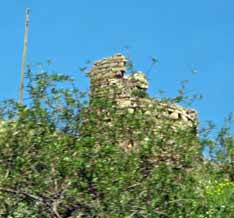

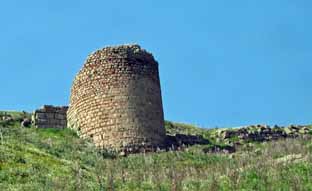
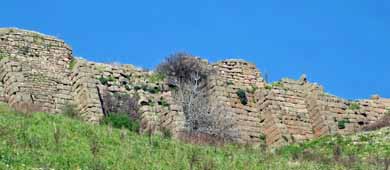
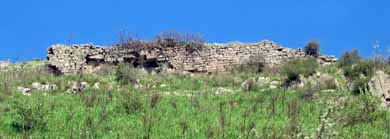
The Serapis Temple
Pergamon's other notable
structure is the Serapis Temple (Serapeum) which was later transformed into the
Red Basilica complex (or Kizil Avlu in Turkish), about one kilometer south of
the Acropolis. It consists of a main building and two round towers. In the first
century AD, the Christian Church at Pergamon inside the main building of the Red
Basilica was one of the Seven Churches to which the Book of Relelation was
addressed (Revelation 2:12). The forecourt is still supported by the 193 m wide
Peramon Bridge, the largest bridge substruction of antiquity.
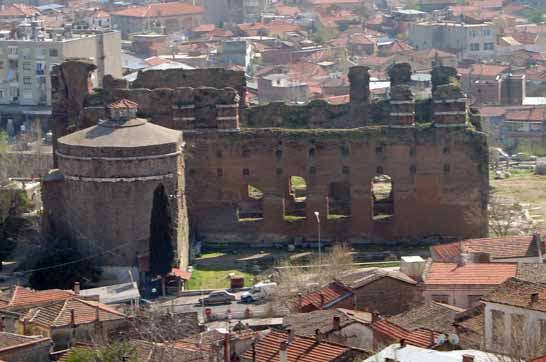
The Newest Feature
Not that many tourists come to Pergamum - it is kind'a out of the way, and the road to the site is a bit challenging. It appears that a new way to get to the site is being built. The cable car's are just being installed - have no idea when it will be finished. I would guess it will start at the lower site and stop here.

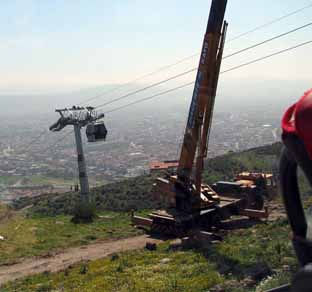
~ ~ ~ ~ ~ ~ ~ ~ ~ ~ ~ ~ ~ ~ ~ ~ ~ ~ ~ ~ ~ ~ ~ ~ ~ ~ ~ ~ ~ ~ ~
And all the while -
Above on another peak was a Crusader Castle. All of us kept attempting to take pictures because we didn't have any idea where out next stop would be and if we would a clearer shot. More to follow.
